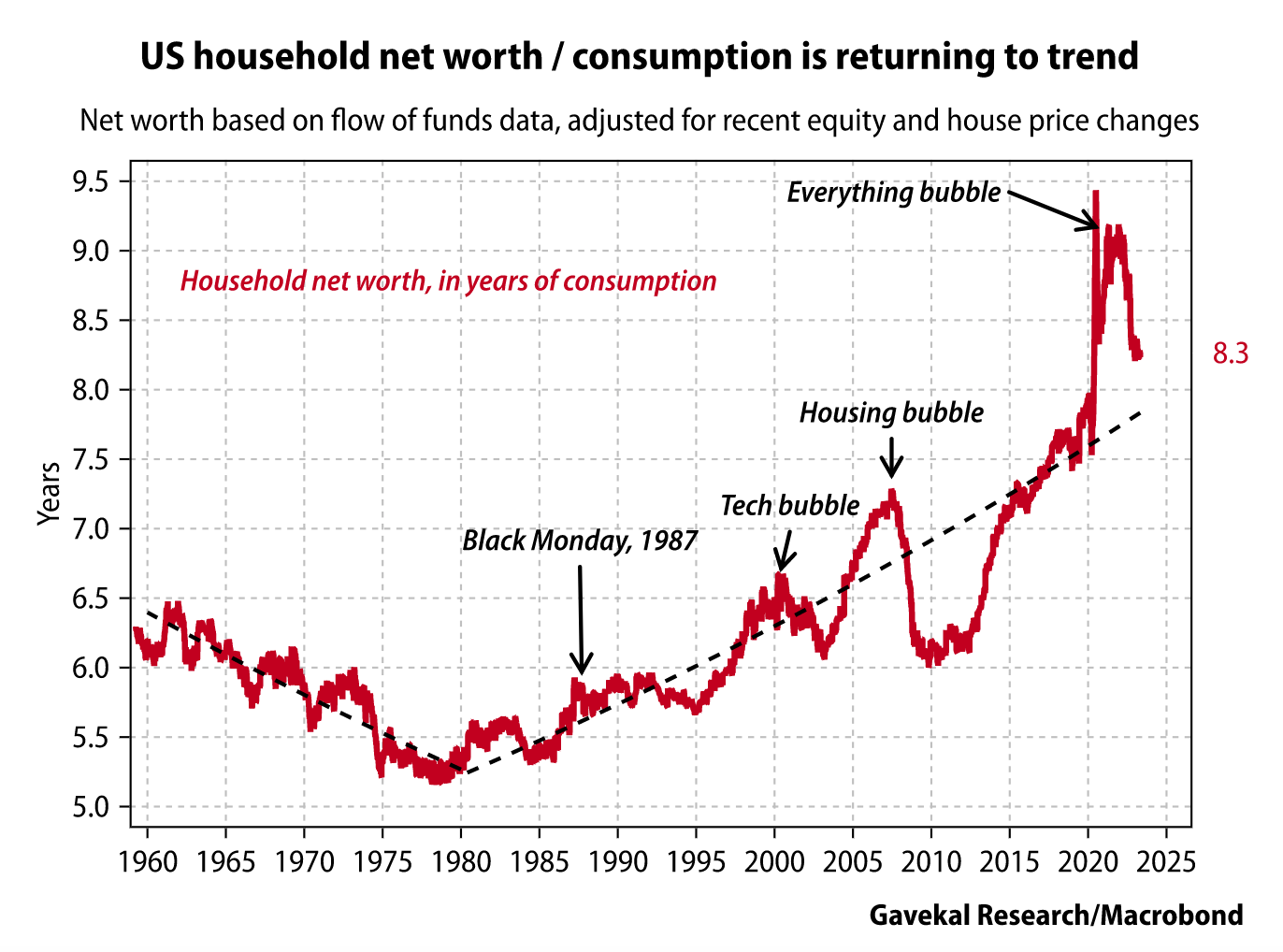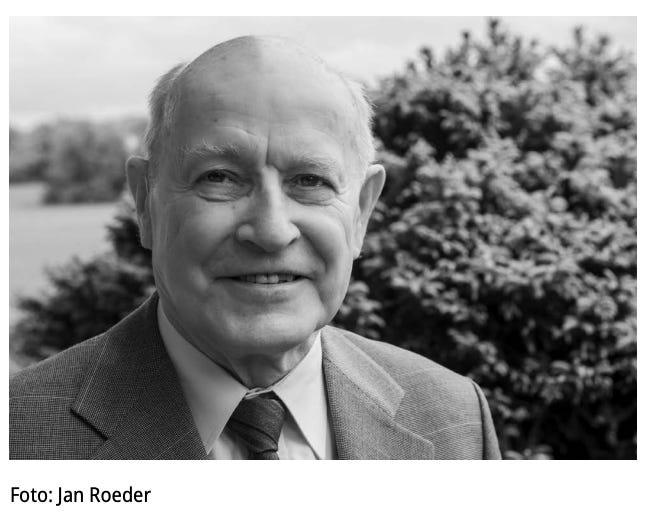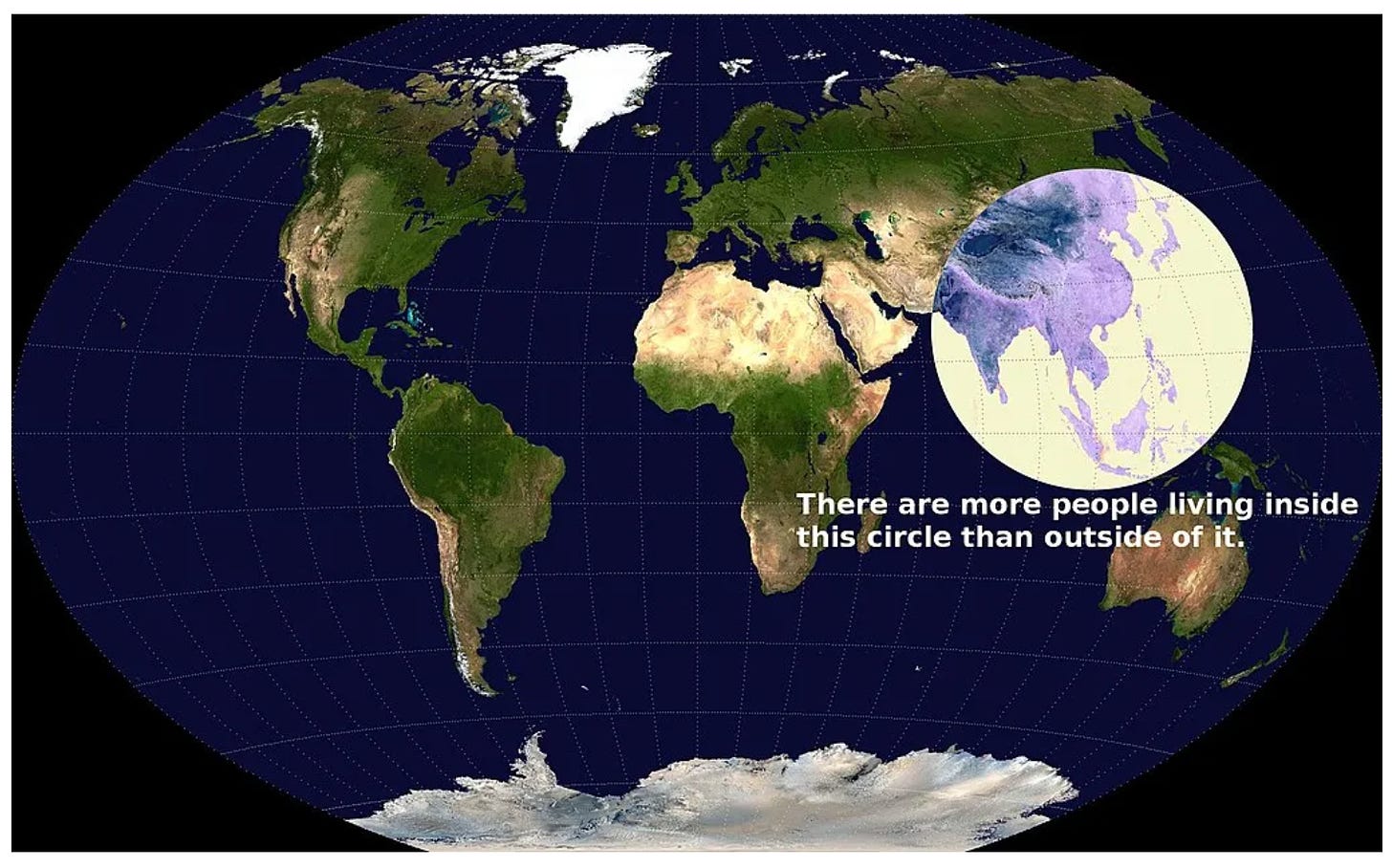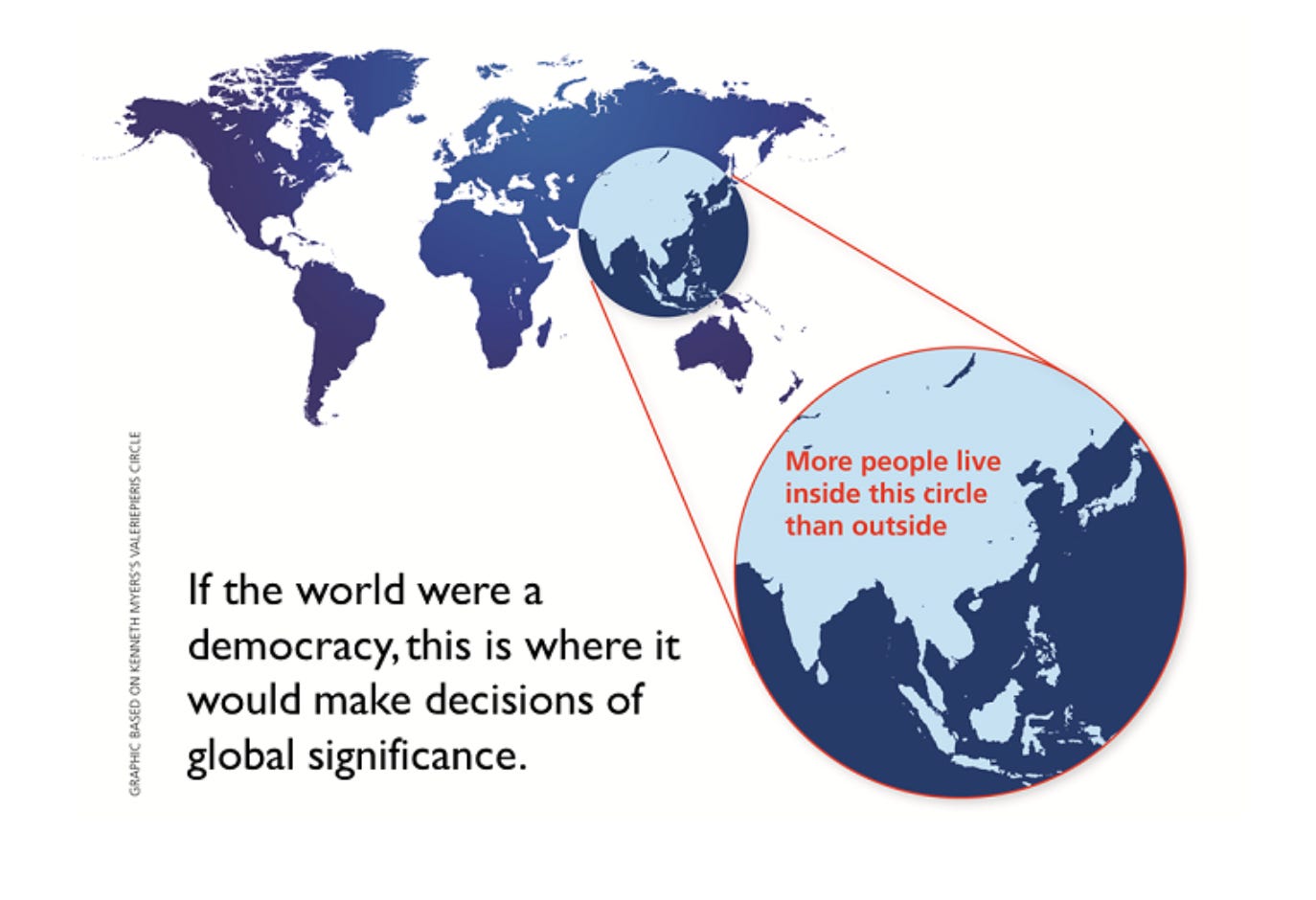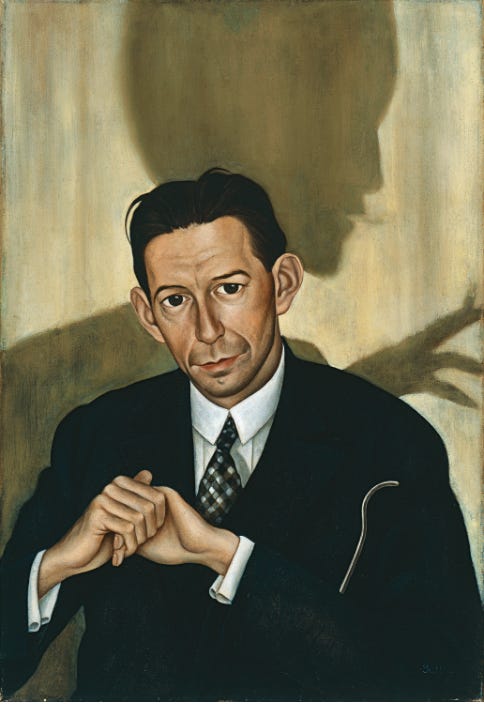Trillion-dollar wealth effects, EM-EM trade, "if the world were a democracy" & the Valeriepieris circle
Great links, reading and images from Chartbook Newsletter by Adam Tooze
Christian Schad Operation (Appendectomy in Geneva) (1929), Lenbachhaus, Munich
Wealth effects
household net worth—including cash assets, housing, equities, and bonds—was inflated dramatically by monetary and fiscal stimulus during the pandemic. A combination of cash handouts and asset price appreciation pushed household net worth way above trend relative to current consumption (see How Much Longer For The US Asset Bubble?). The “everything bubble” has since deflated, but asset values are still above trend (see chart below). This points to a diminished—but still positive—wealth effect.[
Source: Gavekal
***
Dear Reader,
Glad you are enjoying this Top Links. Chartbook Newsletter is fun to write. And I’m delighted it goes out for free to readers around the world. But it takes a lot of work! What sustains that effort are voluntary subscriptions from paying supporters. As a thank you, several times per week, paying supporters of Chartbook Newsletter receive an email like this, jam-packed with fascinating images, links and reading. If you would like to receive the full Top Links in future, click here to join the supporters club.
Provincializing the West, or how global trade grew in the 21st century
For subscribers only
African globalization
For subscribers only
The power of the trend.
If you project Germany’s growth rate between 1901 and 1913 down to the end of the twentieth century, you exactly predict where a reunified Germany - after WWI, Weimar crises, WWII, division after 1945 - actually ended up by the 1990s.
This is the extension of a famous graph first drawn by Knut Borchardt by Albrecht Ritschl.
Knut Borchardt (2 June 1929 – 5 February 2023) was the foremost economic historian of the Federal Republic of Germany. Formerly a student of Bertolt Brecht, his training in Marxism served as a foil to his entire work. Encountering him in person was one of the most surprising pleasures of my scholarly life. Albrecht Ritschl’s obituary is wonderful. We should really get it translated.
Photography plus dynamite: John Heartfield
Christian Schad, SONJA (MAX HERRMANN-NEISSE IM HINTERGRUND), 1928
Source: Nationalgalerie
More people live inside this circle than outside it.
Valerie Pieris’ famous map: via Noah Smith
In 2015, the circle was tested by Danny Quah, who verified the claim but moved the circle slightly to exclude most of Japan, and used a globe model rather than a map projection as well as more specific calculations. He calculated that, as of 2015, half of the world's population lived within a 3,300-kilometer (2,050 mi) radius of the city of Mong Khet in Myanmar.
And Quah did not shrink from the political implication.
China’s topology
For subscribers only
Portrait of Dr. Haustein, Christian Schad, 1928 Museo Nacional Thyssen-Bornemisza, Madrid





